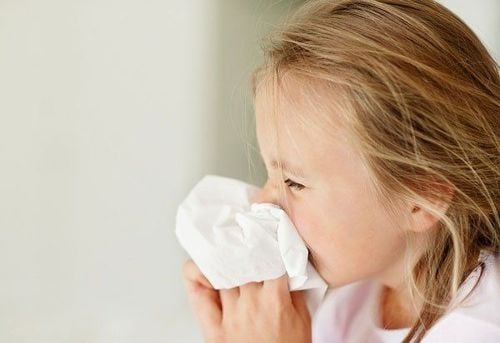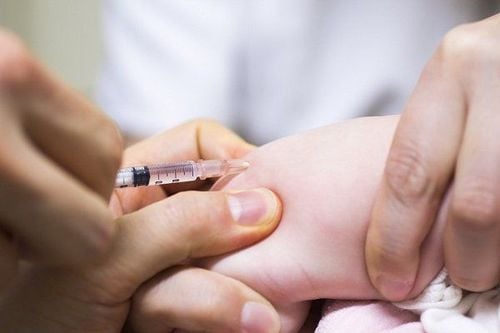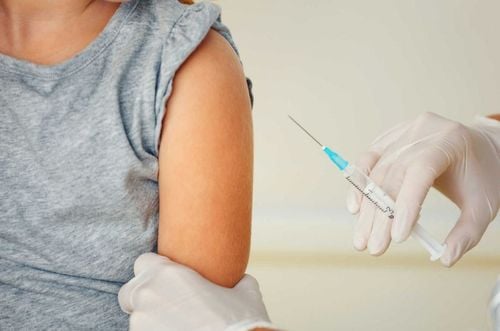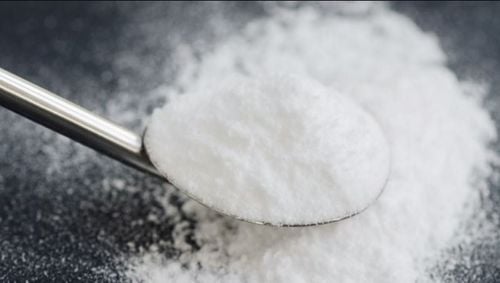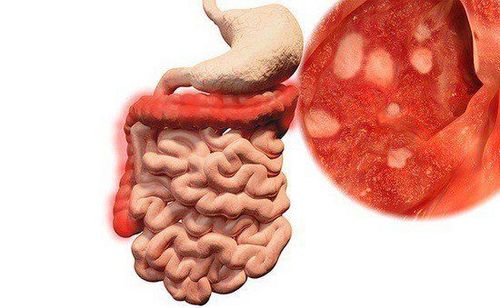This is an automatically translated article.
There are different types of vaccines, each with different uses, storage, and adverse reactions. The following article will help you get more information and understand more about vaccines.1. What is a vaccine?
Vaccines are biological preparations with antigenic properties, derived from microorganisms (which can be whole or partial or with a similar structure) used to create active specific immunity to increase resistance. body against certain pathogens.The principle of using vaccines is to introduce into the body antigens derived from pathogenic microorganisms or microorganisms with antigenic structures that have been prepared to ensure the necessary safety, making the body self-immunity against pathogens (i.e. artificial active immunity).
2. Vaccines commonly used today
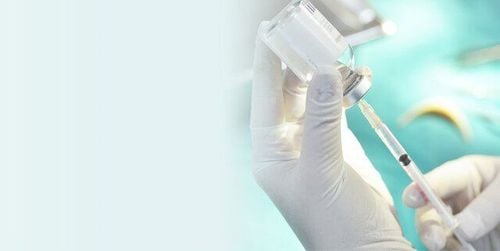
Có 4 loại vắc-xin thường dùng hiện nay là: Vắc-xin sống giảm độc lực, Vắc-xin bất hoạt toàn thể, Vắc-xin dưới đơn vị và Vắc-xin giải độc tố
To induce an immune response, a live attenuated vaccine must be able to replicate within the recipient's body. Therefore, the use of live attenuated vaccines is essentially the introduction of a very small dose of a virus or bacteria (reduced or lost virulence) into the body, so that they multiply and form a population sufficient to initiate the disease. body's immune response. Any agent that acts on the vaccine (light, temperature, ...) or affects the multiplication process inside the body will cause the vaccine to be reduced or ineffective (thus the live vaccine is reduced. virulence requires very strict storage and transport conditions).
Although the vaccine multiplies in the body, the person using the vaccine will not get sick because the pathogen in the vaccine is no longer the same as the original. If the user does get sick, the severity of the illness is also much milder than the natural illness and this is called an adverse reaction.
The immune response obtained from a live attenuated vaccine is exactly the same as in a natural disease (live attenuated vaccine is the most effective type of immune response vaccine). However, some vaccines require a booster dose to reinforce the immune response.
Live attenuated vaccines can cause serious or life-threatening reactions resulting from uncontrolled replication of the vaccine agent. However, this only happens when the person receiving the vaccine is immunocompromised.
Theoretically, the agent in the vaccine can be converted back to the original form (full virulence), but this phenomenon has only been observed in live attenuated polio vaccine (oral).
Currently available live attenuated vaccines include measles, mumps, rubella, polio (oral), smallpox, chickenpox, BCG, typhoid (oral), yellow fever, rotavirus and influenza vaccines.
2.2 Totally Inactivated Vaccines Pancreatic inactivated vaccines are produced by culturing agents and then inactivating them with heat and/or chemicals.
The whole inactivated vaccine does not contain a living agent, therefore cannot replicate, and therefore must provide the required amount of antigen in one dose. The advantage of this vaccine is that it cannot cause disease in any case, even in immunocompromised people.
Totally inactivated vaccines always require repeated doses, because a single dose will not induce the necessary immune response. And most inactivated vaccines cause only humoral immunity but not cellular immunity.
Currently inactivated vaccines include pertussis, typhoid, cholera, plague, polio, rabies, influenza, hepatitis A.
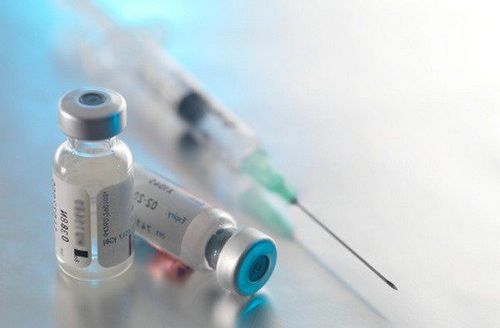
Vắc-xin bất hoạt toàn thể được sản xuất bằng cách nuôi cấy tác nhân, sau đó bất hoạt chúng bằng nhiệt và/hoặc hóa chất
The process of creating subunit vaccines is also more complicated than usual because it is necessary to accurately determine the required antigen from the many subunits of the pathogen, and this antigen must cause a response effective immunity.
Because it does not contain live pathogens, subunit vaccines are completely safe to use in humans, even in immunocompromised cases.
Usually subunit vaccines induce an immune response at the time of administration, however, it is not certain to maintain an immune response in the future, so the efficacy of subunit vaccines is less than that of subunit vaccines. with live attenuated vaccines.
Subunit vaccines can be further subdivided into:
Protein-based subunit vaccines, polysaccharide vaccines, and conjugate subunit vaccines. Subunit vaccines currently available include pertussis, pneumococcal, meningococcal, Hib, hepatitis B, HPV, and shingles vaccines.
2.4 Toxoid Vaccines Toxoid vaccines are created based on toxins produced by bacteria (eg tetanus or diphtheria).
There are some cases where the pathology appears not directly caused by bacteria, but produced by bacterial toxins. The toxin enters the bloodstream and causes symptoms. Toxins of a protein nature are rendered harmless and used as antigens for vaccine production. To increase the effectiveness of the immune response, the production process has allowed the toxin to be adsorbed on the excipients, which are aluminum salts or calcium salts.
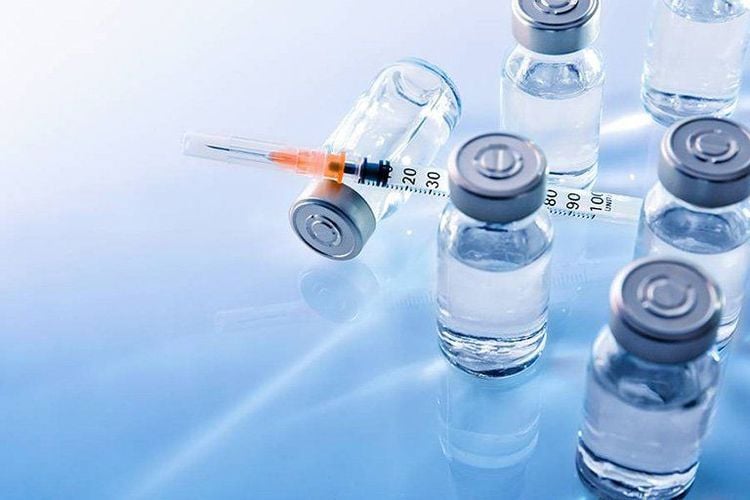
Vắc-xin giải độc tố được tạo ra dựa trên độc tố mà vi khuẩn sản sinh ra
Currently available antitoxin vaccines are diphtheria toxoid and tetanus toxoid.
Vinmec International General Hospital uses a source of high-quality vaccines, of clear origin, suitable for the age to be vaccinated, ensuring safety from registration, storage to use. Before vaccination, all children are screened before vaccination with pediatricians - vaccines to help children ensure the best health when vaccinated. The doctor will advise the family on the best preventive vaccines suitable for each age group according to the latest recommendations of the Ministry of Health & World Health Organization as well as how to monitor the reaction after vaccination. ask for. A team of experienced and professional pediatric doctors and nurses, understand children's psychology and apply effective pain relief methods for children during the vaccination process. 100% of vaccinated children are monitored and re-evaluated before leaving. Post-vaccination monitoring room is fully equipped with emergency facilities; the team of doctors - nurses are trained in anaphylaxis emergency management to ensure timely and correct treatment when an incident occurs. The vaccination room is airy, with a play area, helping children feel comfortable as if they are walking and have a good mentality before and after vaccination.
Please dial HOTLINE for more information or register for an appointment HERE. Download MyVinmec app to make appointments faster and to manage your bookings easily.
Article references source: WHO



